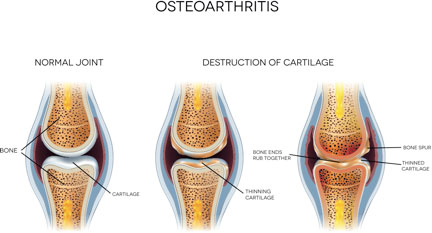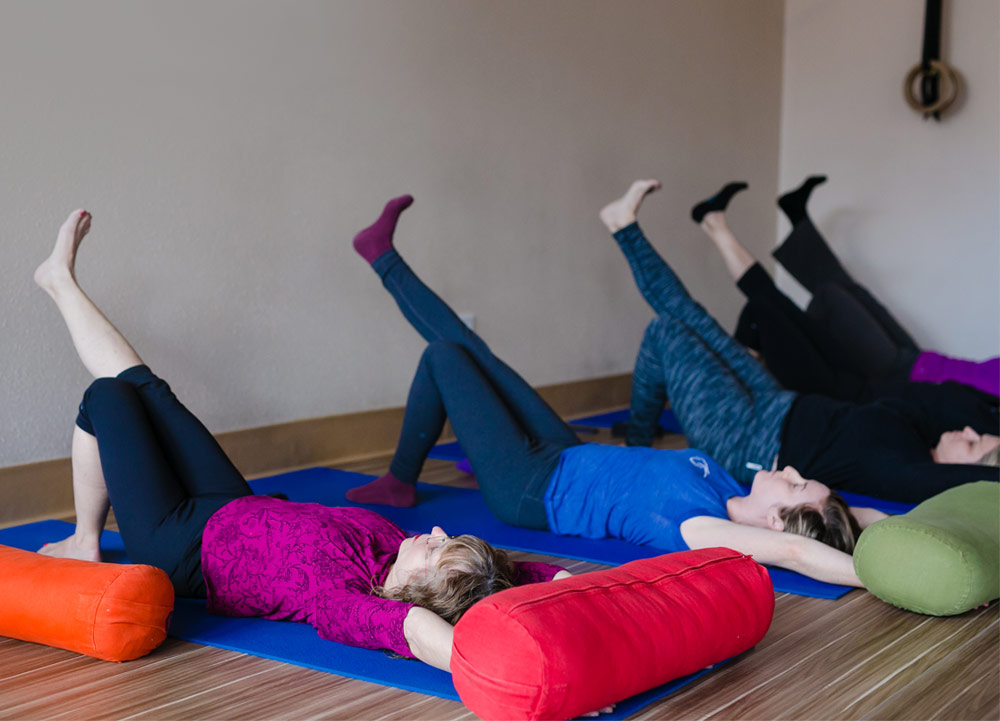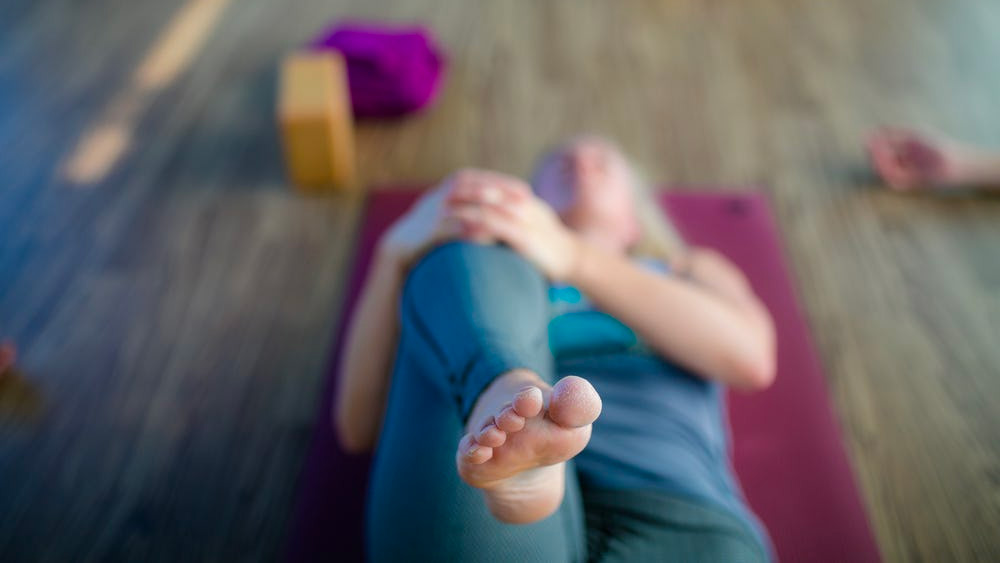 Let’s take the mystery out of arthritis. Too often, we treat arthritis as an ailment independent of other causes, like the food we consume and how we use or don’t use our joints. This is why we often end up treating the symptom rather than the root cause. For any lasting solution, we must address the source of the problem where it can be corrected. When we do this, amazing things start to happen. We could even call it the miracle mindset.
Let’s take the mystery out of arthritis. Too often, we treat arthritis as an ailment independent of other causes, like the food we consume and how we use or don’t use our joints. This is why we often end up treating the symptom rather than the root cause. For any lasting solution, we must address the source of the problem where it can be corrected. When we do this, amazing things start to happen. We could even call it the miracle mindset.
There are two kinds of arthritis: rheumatoid arthritis (RA) and osteoarthritis (OA). Rheumatoid arthritis is an autoimmune disease that causes joint inflammation. While Avita can be beneficial in alleviating symptoms of RA, we will focus on OA because its cause can be effectively identified.
Osteoarthritis occurs when toxins accumulate in the synovial fluid, causing the cartilage that cushions the bones to deteriorate. Cartilage doesn’t necessarily wear away, and it’s not always a matter of overuse or repetitive movements. A buildup of toxins creates a degenerative environment that inhibits the remodeling process, leading to joint pain, stiffness, and swelling. OA most commonly affects weight-bearing joints, such as the knees, hips, and spine, but not simply because they bear weight. It results from a lack of full, passive, and active use, which generates the cleansing pressure these joints need.
Compensation patterns resulting in asymmetrical contact on the articulating joint surfaces are a major contributor. This, combined with the fear of working through pain and introducing thoughtful cleansing and compression, leads many down the path to osteoarthritis, weakness, and degeneration.
There are 110 different types of arthritis, each with a unique variation on the cause. Here, we focus on the solution. Genetics, aging, and lifestyle are often the usual—and innocent—suspects. But rather than assigning blame, it is far more helpful to take gentle responsibility. This always includes a healthy dose of forgiveness, which brings us into the healing power of the present moment, where corrective action can occur.
Disclaimer: If you have pain or swelling in a joint, it is essential to see a doctor to get a diagnosis and treatment. Treatment for synovial fluid conditions may include medication, physical therapy, or surgery. A Rheumatologist can use lab results to help determine the type of arthritis you have.

